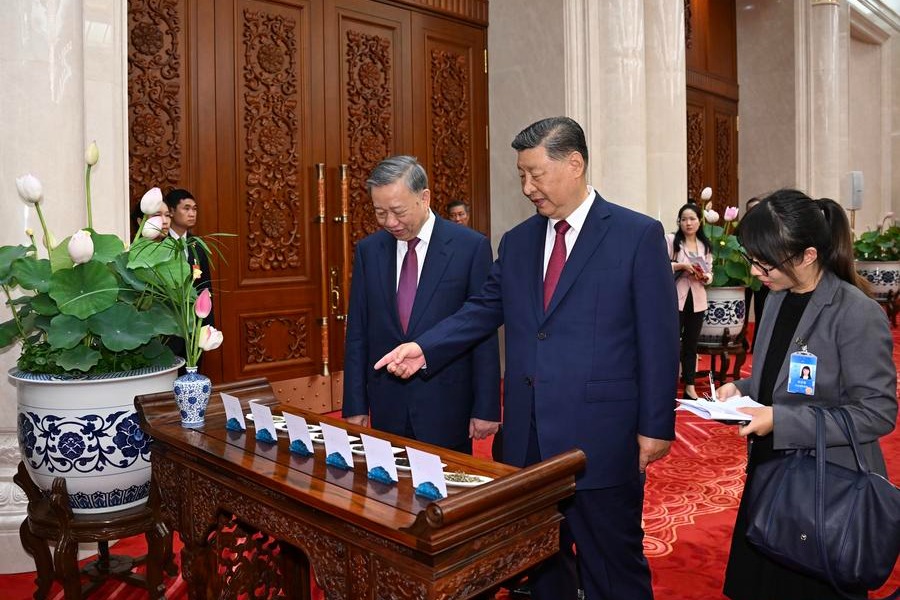Hopefully, new family planning policy will lead to healthy population growth


Editor's Note: China has made unprecedented economic achievements over the past decades thanks to the demographic dividends it enjoyed. But the falling fertility rate threatens to rob the country of those demographic dividends, so it has further relaxed the family planning policy to prevent that from happening, writes a veteran journalist with China Daily in the second of a series of commentaries.
The strict family planning policy China followed for more than three decades curbed the rapid population growth, and has contributed to not only the country's economic development but also the improvement in people's livelihoods and living standards.
When the strict family planning policy was introduced in 1980, China's population had already reached 1 billion, increasing at a rate of 100 million every five years. Had the trend not been checked, a population explosion would have been inevitable which in turn would have rendered reform and opening-up ineffective.
It was against this backdrop that China adopted the strict family planning policy that allowed couples in urban areas to have only one child, and rural people and ethnic minority groups to have two or three children. It took decades for the policy to bear fruit.
That the Seventh National Census released in May showed that by the end of last year China's population stood at 1.41 billion means that since the introduction of the strict family planning policy, China's population has grown by 100 million every 10 years, compared with every five years before 1980. It also means that had China not implemented the strict family planning policy, its population today could have been 1.81 billion.
While the census results show China's population did not dwindle as many had speculated and it will remain above 1.4 billion for some time, the changes in the demographic composition have drawn the attention of the government and experts.
The falling fertility rate, the rapid increase in the aging population and the shortage of working-age people called for reform in the family planning policy. For two decades, China's total fertility rate has been below 2.0, lower than 2.1, the globally accepted level at which a population replaces itself from one generation to the next. To make things worse, surveys show the average number of children Chinese women of childbearing age would like to have is 1.8. And according to a UN report, China's population will decrease by 31.4 million between 2019 and 2050.
In the past decades, the working-age population on the Chinese mainland shrank by 40 million. Many enterprises in the coastal region, which used to attract a huge number of migrant workers, are now trying to lure laborers by offering higher wages and other benefits which were unthinkable earlier.
While the working-age population is decreasing, those aged 60 or above already comprise 18.7 percent of China's total population, up 5.44 percentage points in the past decade. That's why long before the latest census was published, the government started easing the family planning policy with the aim of maintaining a healthy population growth rate.
In 2002, couples in urban areas were allowed to have two children if both were the only child of their respective parents. In 2013, couples were allowed to have two children if either parent was the only child of his or her family. But the easing of the policy didn't result in the expected baby boom. So in 2015, the government announced that every married couple can have two children since the beginning of 2016.
But the response from child-bearing-age couples was lukewarm. The latest census shows that in the past decade, 72.06 million people were added to the population, an increase of 5.38 percent, or an average annual growth rate of 0.53 percent, lower than the 0.57 percent in the previous decade.
So within days of the publication of the Seventh National Census, the central authorities announced that every couple can have three children. The National People's Congress, China's top legislature, responded by amending the family planning law to encourage all childbearing age couples to have three children.
And some local governments, especially those that saw a decline in the local population, have offered preferential supporting policies to couples who wanted to have three children, including subsidies, longer maternity leaves and more support for their children's education.
Hopefully, the easing of the family planning policy will be as effective and successful as the one-child policy.
The author is former deputy editor-in-chief of China Daily.
kangbing@chinadaily.com.cn
































